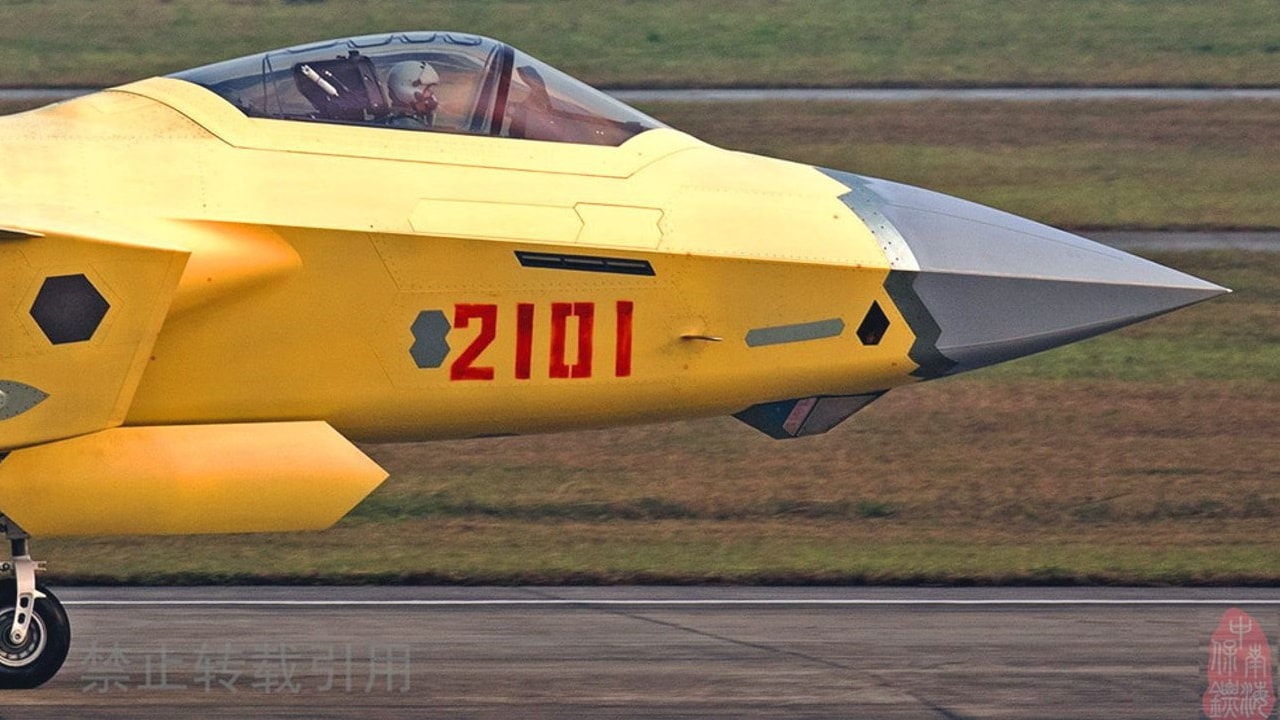China is going all in on hypersonic engines that could power many new military and commercial aviation projects. A new Chinese jet engine could send an airplane to speeds of up to Mach 9. This hypersonic power plant, called a detonation wave engine, achieves its speeds through waves of bursting explosions. It can be powered by aviation kerosene, meaning it will not need any expensive and risky hydrogen. The scientists behind the project claim their engine is being successfully test-fired at a hypersonic shock tunnel in Beijing.
Mach 9 Looks Good On Paper
The engine’s designers and engineers work out of the Institute of Mechanics, a part of the Chinese Academy of Sciences. They published a paper boosting their Mach 9 engine on Nov. 11.
Ramjets or scramjets are the engine types usually used to power hypersonic flight. Detonation wave engines can be more effective – they create more power, speed, and lift as they produce a sequence of instantaneous explosions to push an airplane forward at ultra-high speeds. Equipped with this kind of high-velocity engine, a commercial airplane could complete an intercontinental flight in a matter of a few hours.
We should note that detonation engines are nothing new. One innovation here is that the Chinese version runs on aviation kerosene, a fuel they have in abundance, and one that is easy to store and transport. Detonation engines from other designers outside China require hydrogen as fuel. Hydrogen is more expensive, less stable, and can result in dangerous explosions.
The Chinese scientists solved another significant problem to make their detonation engine viable. Normally the kerosene-fueled engine would require a long structure. Here, a new configuration of the air inlet makes the engine’s chamber small enough to fit onto an airplane in a conventional manner. This enables the engine to produce the needed shock waves when the kerosene droplets mix with air.
Are the Chinese on a path to Mach 16?
This isn’t the only current attempt at high-Mach flight. In 2020, another group at the Chinese Academy of Sciences tested a scramjet engine the designers believed could power an airplane to Mach-9 speeds. The scientists claimed it could even send an aircraft to Mach 16 someday. The researchers who worked on this project believe it could propel an airplane into low orbit, allow it to re-enter the earth’s atmosphere, and reach its destination across the world in a matter of hours.
That engine “consists of a single-stage air inlet which directs air into a combustion chamber where it ignited the on-board hydrogen fuel,” according to the Daily Mail.
While researchers for both projects have focused on civilian aviation applications, it is not clear whether the People’s Liberation Army is interested in harnessing the engines for military use. It would seem likely that the PLA Air Force would like to mount the engines on a bomber that could threaten the United States.
A Small City of Researchers
The Chinese government is not shy when it comes to funding and encouraging such advanced research in hypersonic flight. The Academy of Sciences sponsors a wide range of research, including life sciences, earth sciences, and physics. Cutting-edge work has been conducted at the academy since 1949, with 56,000 researchers working on projects at any given time.
Alternatively, the United States derives more of its hypersonic research from defense contractors and research laboratories affiliated with the military service branches. A single gigantic organization with 56,000 engineers and scientists does not exist in the United States, and this could explain why China has leapt ahead in hypersonic flight.
The willingness of China to encourage research in hypersonic flight will help Beijing’s civilian and defense aerospace efforts. In fact, mounting such an engine on airplanes would announce the Chinese as the definitive leader in this space.
China’s J-20 Fighter: A Photo Essay of Beijing’s Best Fighter Jet Right Now
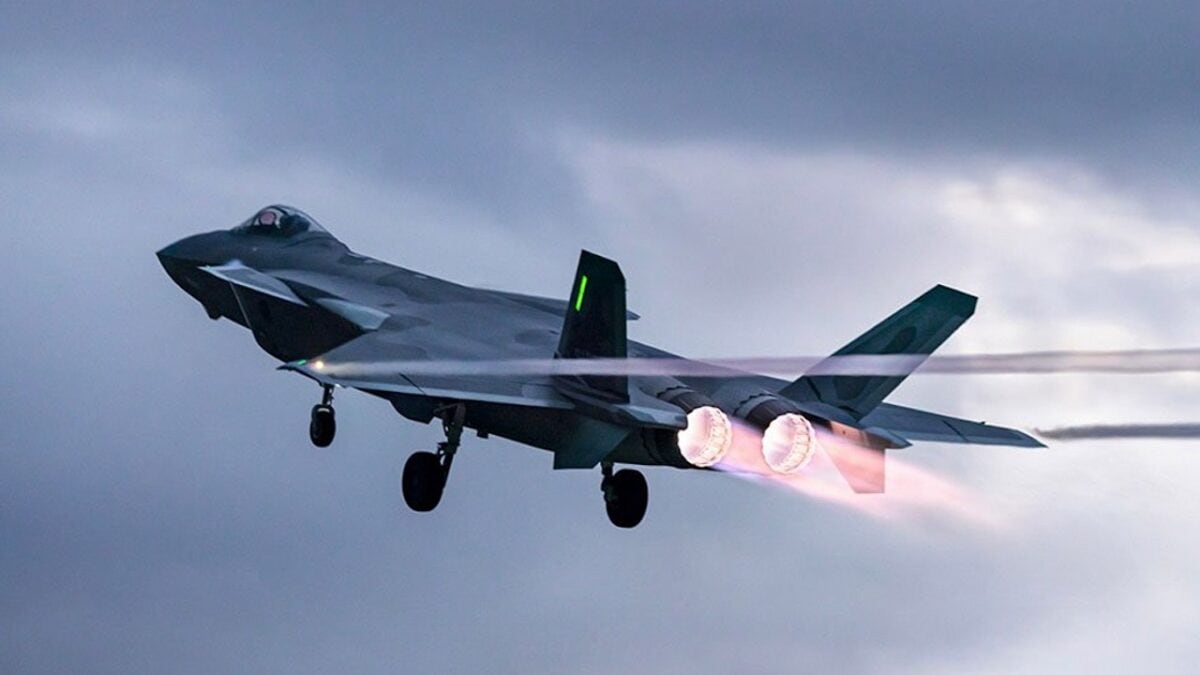
J-20 Fighter. Image Credit: Chinese internet.
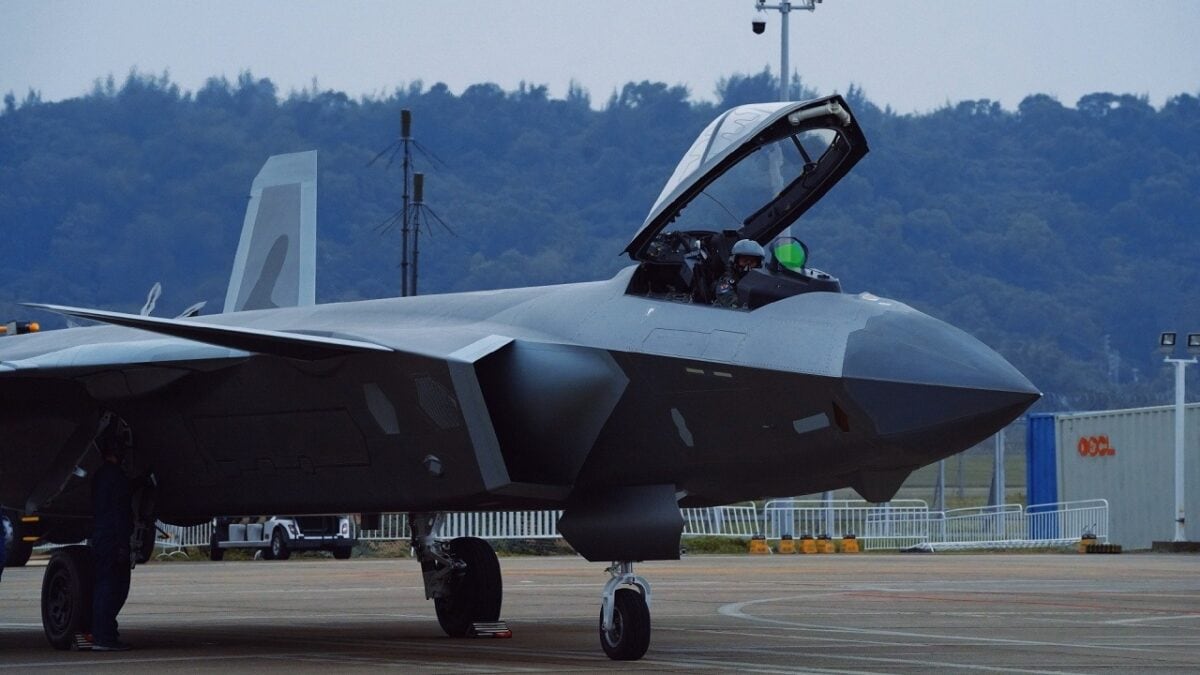
J-20 Fighter. Image Credit: Creative Commons.
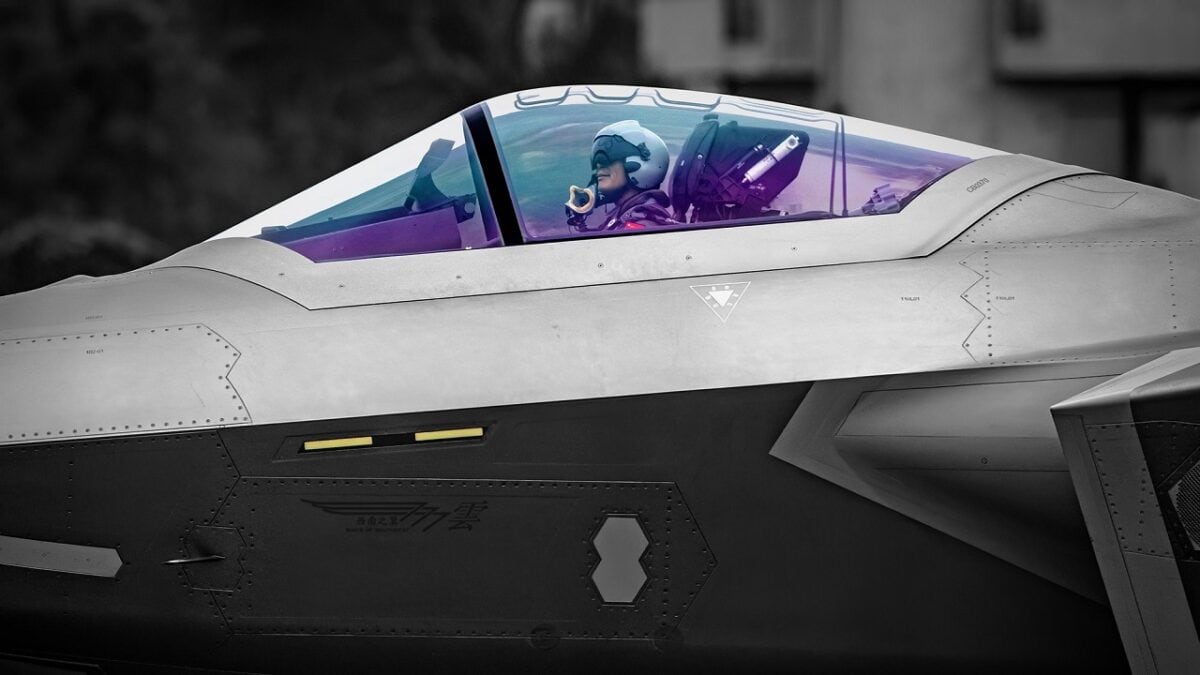
J-20 Fighter. Image Credit: Creative Commons.
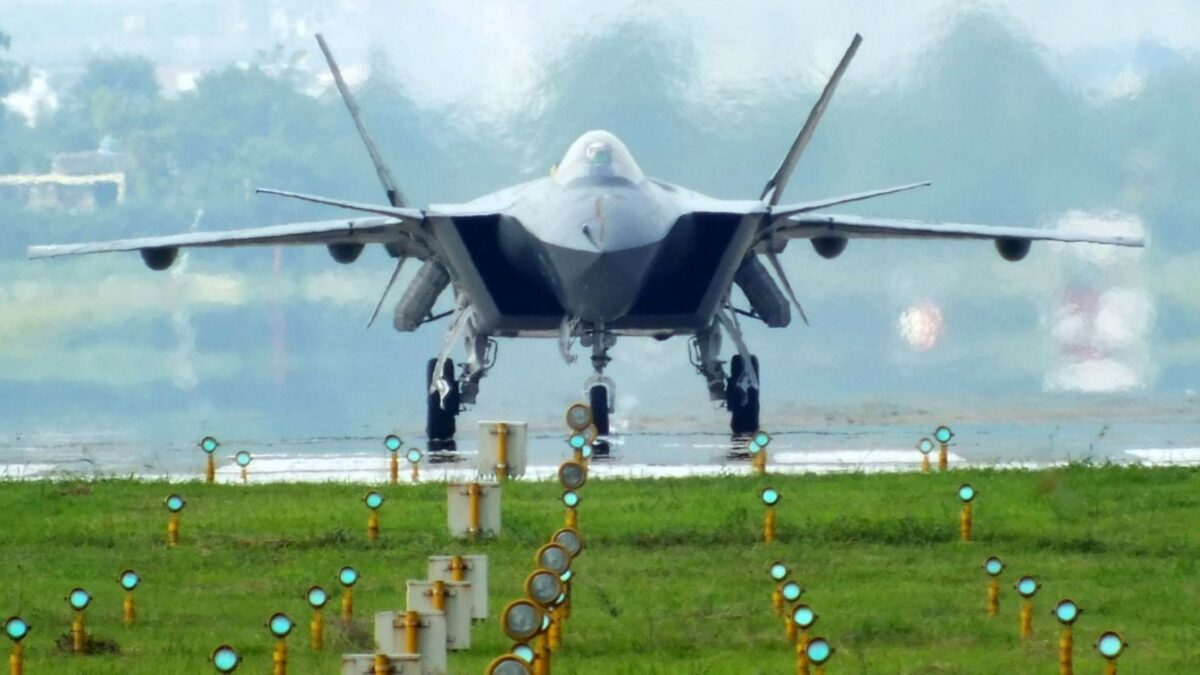
J-20 stealth fighter. Image Credit: Creative Commons.
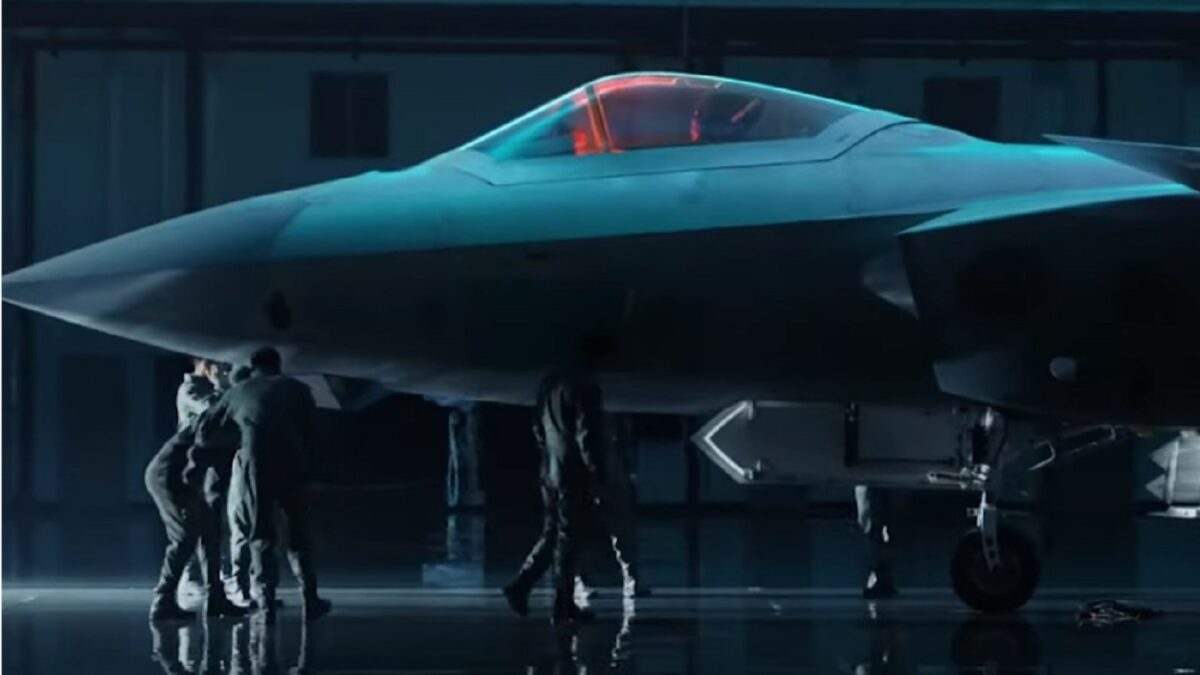
J-20 Stealth Fighter. YouTube Screenshot.

J-20 Stealth Fighter. Image Credit: Creative Commons.

J-20. Image Credit: Chinese Internet.
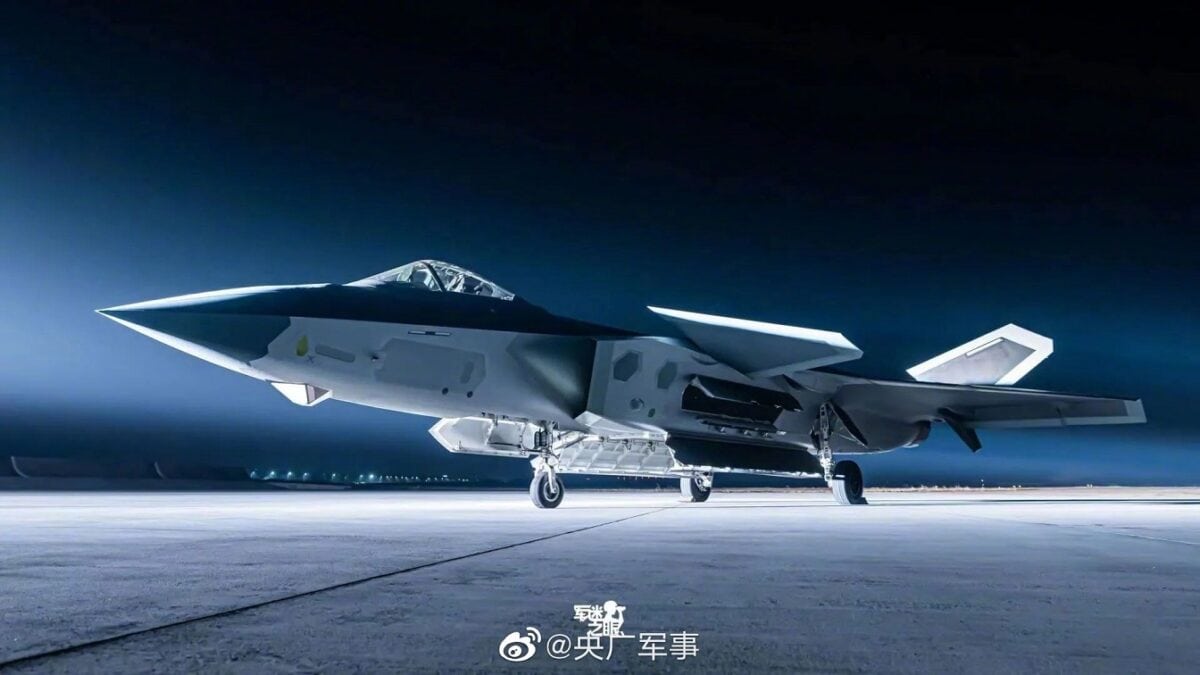
J-20 Stealth Fighter. Image Credit: Creative Commons.

Expert Biography: Serving as 1945’s Defense and National Security Editor, Dr. Brent M. Eastwood is the author of Humans, Machines, and Data: Future Trends in Warfare. He is an Emerging Threats expert and former U.S. Army Infantry officer. You can follow him on Twitter @BMEastwood. He holds a Ph.D. in Political Science and Foreign Policy/ International Relations.

